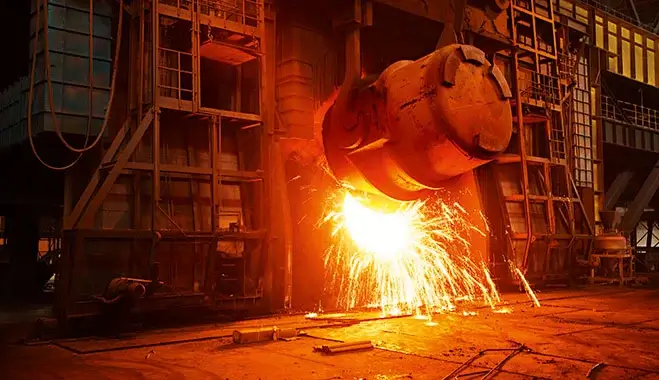Fast-growing steel production in China, but slowly recovering end-user demand, continued to weigh down steel production margins in April, with mills still showing no signs of cutting production. Mill sources said that China's steelmaking capacity is too large, but demand has more or less stabilized, and thus, in order to maintain market share, it has been difficult for Chinese mills to voluntarily cut production even when they were operating at a loss.
According to S&P Global Commodity Insights calculations, China's iron and crude steel capacity continues to show modest growth in 2023 as some of the iron and steel plants that were replaced were closed long ago, mostly in 2017-2019.
With sluggish steel demand driven by a slowdown in new home construction and shrinking overseas demand for Chinese manufactured goods, the ability to enforce any government-sanctioned cutbacks in steel production will be critical to contain steel production and maintain a high profit margins in 2023, market participants said.
According to S&P Global, in 2023, Chinese steelmakers plan to commission up to 91 million tons/year of new pig iron production capacity and 118 million tons/year of new crude steel capacity through the capacity swap mechanism.
As some of the replaced capacity closed in 2017-2019, the commissioning of these new facilities in 2023 would theoretically result in a net capacity increase of 11 million tons of pig iron per year and 14 million tons of crude steel per year. according to S&P Global calculations.
Some of these projects in 2023 may be postponed to 2024 if industry profitability remains weak until 2023.
Iron and crude steel production capacities in China is likely to decline slowly from around 2025 as most of the long-shut down capacity will be replaced by 2023 or 2024, with new capacity coming on line in 2025 replacing the still operating capacity.
Chinese the capacity exchange mechanism requires that the capacity of the new capacity be less than the capacity to be replaced in order to reduce its overall iron and steel production capacity.
However, since 2019, China's iron and steel production capacity has been growing rapidly, as either the replaced enterprises have already have been shut down for a long time, or the actual production capacity of the new plants is greater than the ones replaced.
Because the capacity exchange did little to reduce China's iron and steel production capacity, the central government explicitly demanded a reduction in steel production from 2021.
Back to news | The sources added that such production cut orders should be made soon. Steel mills typically only receive verbal orders to cut production, the sources said.Previous media reports suggested that China could announce a 2.5% cut in 2023. Most market participants, according to S&P Global, expected that the 2.5% cut might not be enough to fully offset the decline in steel demand, and thus its steel price support could be limited.
Steel production growth
According to the latest data from the China Iron & Steel Association, the daily production of pig iron and crude steel in China increased to 2.451 million tons from March 21 to March 31 and 2.741 million tons, respectively, which is 1.5% and 0.2% more than for the period from 11 to 20 March.
China's daily pig iron and crude steel production in March rose by about 1.9% and 4.4% from the February average to 2.41 million tons and 2.701 million tons, respectively.
p>
CISA and the National Bureau of Statistics (NBS) use different statistical methods for crude steel production in China, resulting in different production figures. But the trends in CISA steel production are usually the same as in NBS.
Some market participants said that the daily production of pig iron and crude steel continued to grow in early April, and the annual growth rate




